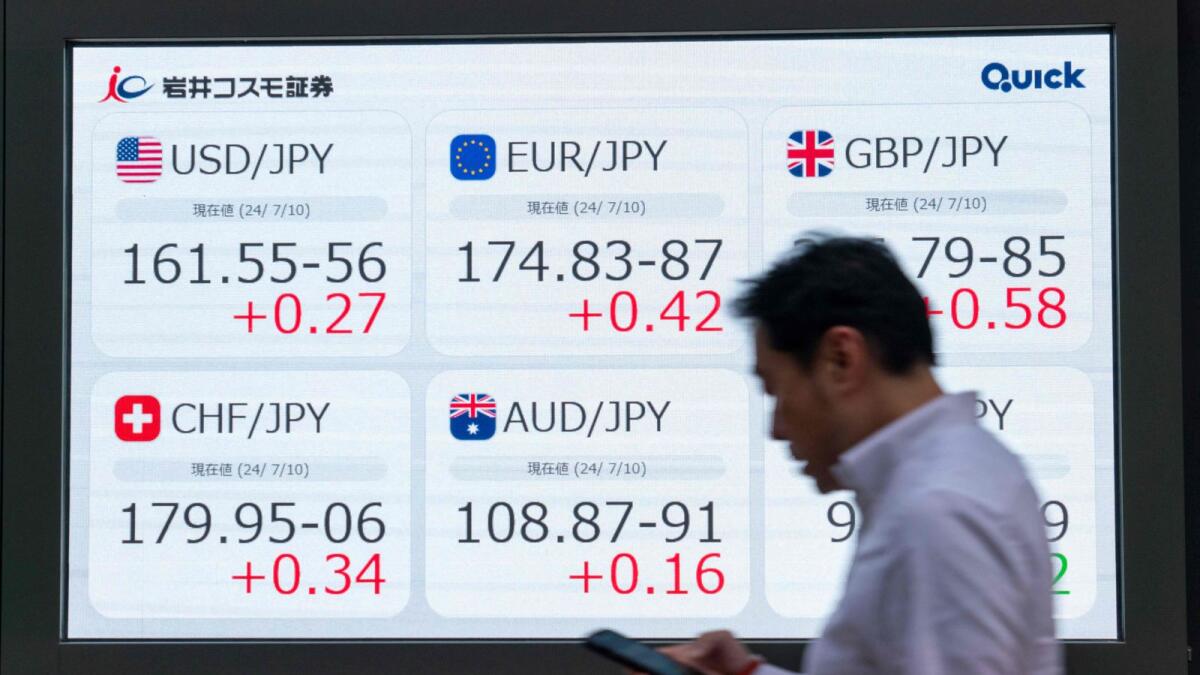The British pound surged to a four-month high on Thursday following statements from Bank of England policymakers that dampened expectations of an August rate cut. The pound rose to $1.2864 after policymakers acknowledged persistent price pressure, questioning the timing of a rate cut. This hesitation is due to sticky inflation, which has led to a delay in the expected easing cycle. Despite the uncertainty, markets are still anticipating a rate cut in the current quarter, with odds increasing for a cut in the fourth quarter.
While the pound strengthened, the broader market saw the dollar weakening, with the Australian dollar trading higher and the euro holding steady. Investors are now awaiting U.S. inflation data, with expectations for core inflation to have risen by 0.2% in June, resulting in an annual figure of 3.4%. This data will influence market sentiment regarding potential rate cuts by the Federal Reserve, with markets already pricing in a more than 70% chance of a rate cut in September.
Federal Reserve Chair Jerome Powell’s recent comments emphasized the central bank’s commitment to making interest rate decisions based on economic conditions rather than political considerations. The New Zealand dollar also experienced some volatility, recovering from losses following the Reserve Bank of New Zealand’s dovish tilt on monetary policy. Meanwhile, the Japanese yen remained under pressure due to interest rate differentials between the U.S. and Japan, hovering near a 38-year low.
In Japan, private banks have called on the Bank of Japan to reduce its monthly bond purchases by around 2026, highlighting the ongoing discussions around monetary policy normalization. The BOJ is expected to unveil a plan to taper its bond purchases at the upcoming policy meeting at the end of July. These developments indicate a gradual shift towards a more normalized policy stance by central banks globally.
Overall, the currency market is experiencing fluctuations driven by central bank actions and economic data, particularly concerning inflation and interest rates. The recent comments from central bank officials and the anticipation of upcoming policy meetings are shaping market expectations and influencing currency movements. As investors assess the impact of these factors on monetary policy decisions, the volatility in the currency market is likely to continue in the coming weeks.









